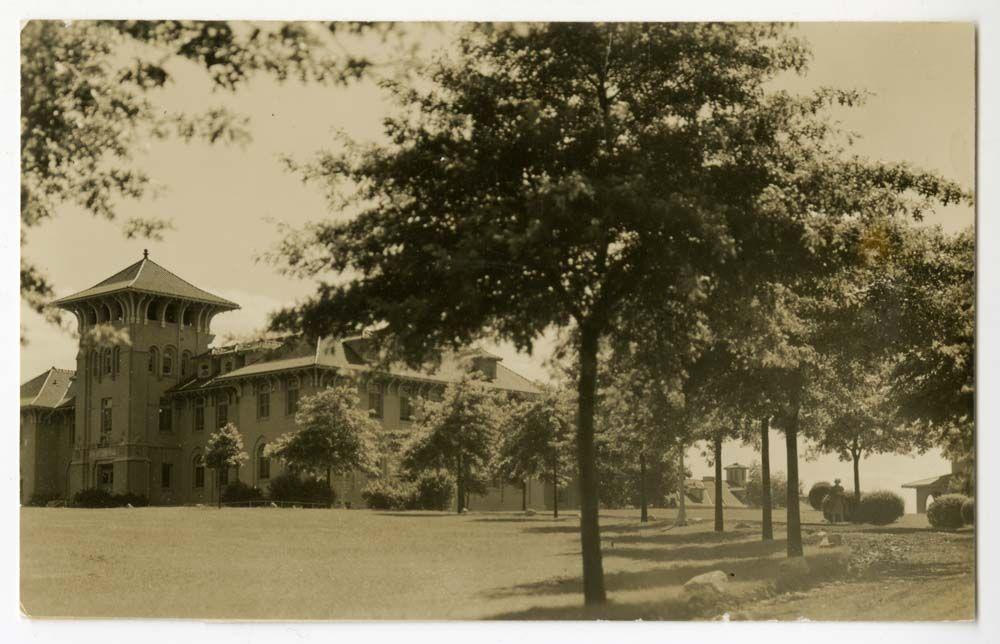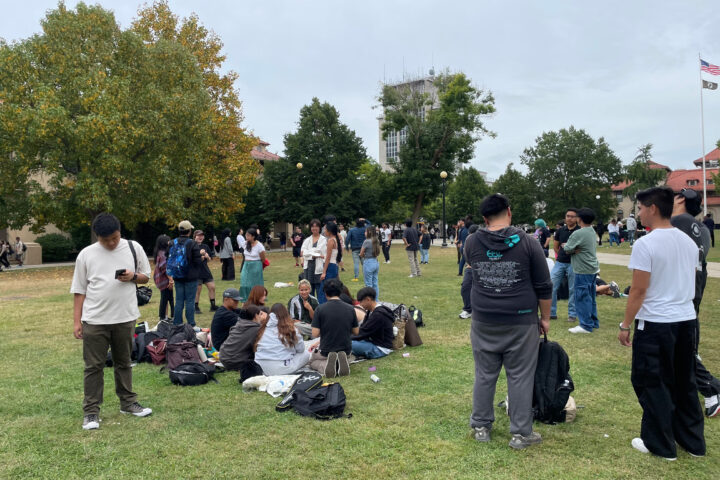Walking through Queens College’s Quad, you’ve probably noticed that Colwin Hall, Delany Hall, Frese Hall, and Jefferson Hall look quite different to their surrounding modern buildings. They have a unique Spanish style and charm to them.
The buildings that wrap around QC’s Quad are original to the campus’s establishment as a college in 1937. These Spanish-style buildings used to belong to the New York Parental School, a home for delinquent boys, which closed in 1934 due to rumors of abuse and mistreatment of the students. Six out of the nine original buildings that were constructed in 1908 still stand in what today forms the Quad, according to QC’s Office of Facilities Design, Construction & Management.
“The buildings that date from the time period when the campus served as a boys’ reformatory are Colwin, Delany, Frese, and Jefferson, the I Building, the G Building, and Alumni Hall,” said Zeco Krcic, Assistant Vice President of Facilities, Planning and Operations.
Since the New York Parental School was shut down, QC has undergone quite a bit of change. Jefferson Hall, which acts as the campus Welcome Center, was the first building to be renamed in 1937. Colwin Hall, formerly known as E building, is now used for Biology laboratories and classrooms. Delany is used for QC’s SEEK program.
“Frese Hall (formerly B Building), one of the oldest buildings on campus, was completely renovated in 2001,” according to the Queens College Campus Summary. The building was turned into the Student Affairs and the Advisement Center after renovation. Standing for almost 100 years, Alumni Hall is now used as the QC Alumni and Entrepreneurship Center. Also almost 100 years old is G Building, occupied by QC’s Department of Media Studies.
Alumni, Colwin, Delany, Frese, and Jefferson Hall, along with G building have all been internally upgraded to accommodate modern times. The exterior architecture of the buildings for the most part has stayed the same, causing them to stand out compared to their newer neighbors, such as Powdermaker Hall or Klapper Hall.
Spanish-style architecture has a few key defining features, according to architectureartdesigns.com. Also known as colonial revival style, Spanish-style architecture typically has white, tan, or yellow colored stucco (a type of cement mixture) on the exterior. This building style is typical to warmer climates as the light-colored stucco exterior helps keep the house cool. Their unique roofing can be spotted by their sloped, red tiles. Archways are another defining feature of Spanish colonial-style architecture.They are typically found by entryways and windows, and it is also common to find archways in the interior of these Spanish-style buildings.
QC’s G Building, Alumni, Colwin, Delany, Frese, and Jefferson Hall all share these defining Spanish features. The light-colored exterior, with its contrasting sloped red roofing are some of the most noticeable features of, say, Delany or Jefferson Hall. They also share the same archways that wrap around the buildings, and some archways can be found inside these halls as well.
It’s clear that, though some original features are present, the buildings have still been modernized. Adding to this, Krcic said, “Frese Hall, Delany Hall, and Alumni Hall, and parts of Jefferson and the I Building, have been completely renovated through our capital program.”
Krcic even says that renovations are an ongoing process, as Delany will get: “[A] replacement of all windows, façade reconditioning, and minor roof repair in 2025.”
Originally just a home for delinquent boys with nine buildings is now an 80-acre campus with over 20 buildings. The Spanish style buildings of Queens College’s campus have become the face of the campus. Queens College has managed to expand and modernize over the years while still retaining some of its original charm and architecture.











